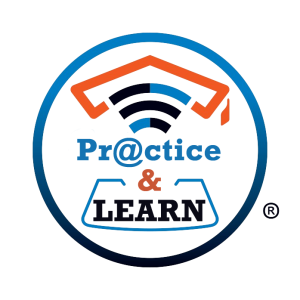Explore the fundamentals of effective presentations by delving into the material covered in this lesson on Presentation Basics.
10 Most Common Presentation Mistakes
1. Lack of Preparation
Many times, a presentation is not good because the speaker did not prepare enough. Preparation includes taking care of your body language, voice, and appearance, as well as researching the topic, organizing the content, and preparing the visuals. No matter how long the presentation is, it's important to prepare well for your sake and your audience's.
2. Poor Use of Visuals
Good visuals add to a presentation. However, many professionals don't use PowerPoint effectively. Their slides are too crowded and unappealing, with too many words. Rather than bullet points, they write out long sentences and include too much detail. This information would be better as handouts. Images are often not used enough. By learning to create impactful visuals, you can stand out from your competitors.

3. Inappropriate Humor
Avoid off-color jokes in presentations to prevent the risk of offending someone in the audience. Different cultures find different things amusing, so what may be funny in one location can be considered private or taboo in another. To establish rapport with your audience, seek alternative methods for introducing yourself and lightening the mood during professional presentations.
4. Inappropriate Dress
Dress conservatively when speaking publicly so people focus on your message, not your outfit. It's okay to express your individuality in private. Showing your true colors professionally can have bad consequences, as professionals expect a certain look. Don't surprise them or they'll be too focused on your appearance. Women should especially be mindful of a professional look, avoiding low necklines, short skirts, jangly jewelry, wacky hairstyles, and flashy colors.

5. Not Knowing the Audience
Tailor your presentation to match your audience. Gather information on the size and makeup of your audience beforehand, including their positions and levels of familiarity with your topic. Also, consider their primary language and any cultural norms you should be aware of. These details can greatly enhance the impact of your presentation.
6. Non-Functioning Equipment
As technology is crucial for business, check equipment beforehand to avoid frustrating delays. To prepare for equipment malfunction, print out your visuals. This way, you can still deliver despite lacking equipment. This gains audience empathy, as they may have experienced the same in their career.
7. Starting or Ending a Presentation Late
Your audience is busy, so be mindful of their time. In the US and Canada, it's professional to start and end your presentation on schedule. However, time is interpreted differently in different cultures. If you're presenting internationally, check with a local partner to find out what's customary, even if it seems unfamiliar.

8. Using a Monotone Voice
To connect with your audience, your voice should be lively, loud, and easy to understand. Even if your topic is fascinating, a flat tone can turn people off. Factors like age, gender, health, and past experiences can impact your voice, but anyone can improve through techniques like breathing exercises and vocal warm-ups. Consider working with a voice coach for more help.
9. Too Much Material in Too Short a Time
Cut back or eliminate any excess material to prevent rushing through presentations. Be selective about the content to include when working with tight time constraints. Share additional information in handouts. Limit slides to only the most important details. Plan for potential interruptions or delays which may cut into presentation time. Restricting the information presented can have a more significant impact on the audience. This approach can improve their understanding and ability to act on your recommendations.
10. Not Clarifying the Topic
Ensure you understand what you'll speak about. Also, don't assume your audience knows. To avoid confusion, introduce your presentation's topic. Get in the habit of saying, "Today, I'll explain..." or "My presentation today will show..." Always do this. Some audience members may be global learners and need to know the destination before following along your presentation's details.
